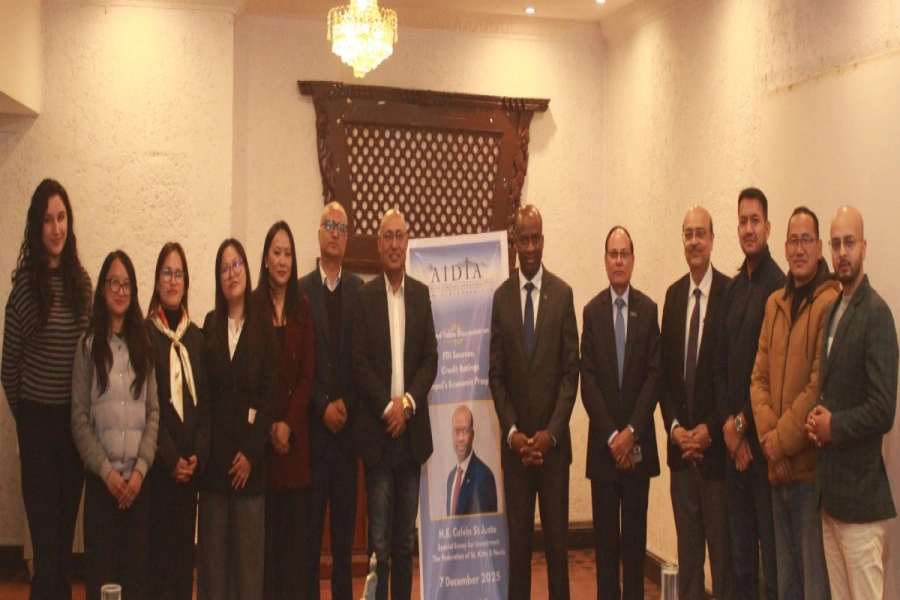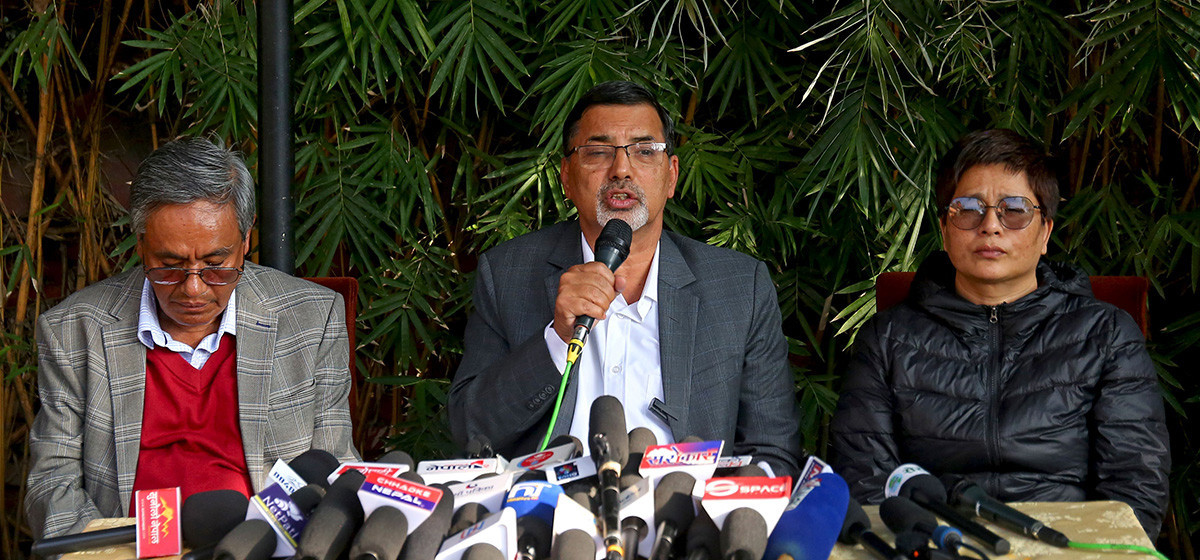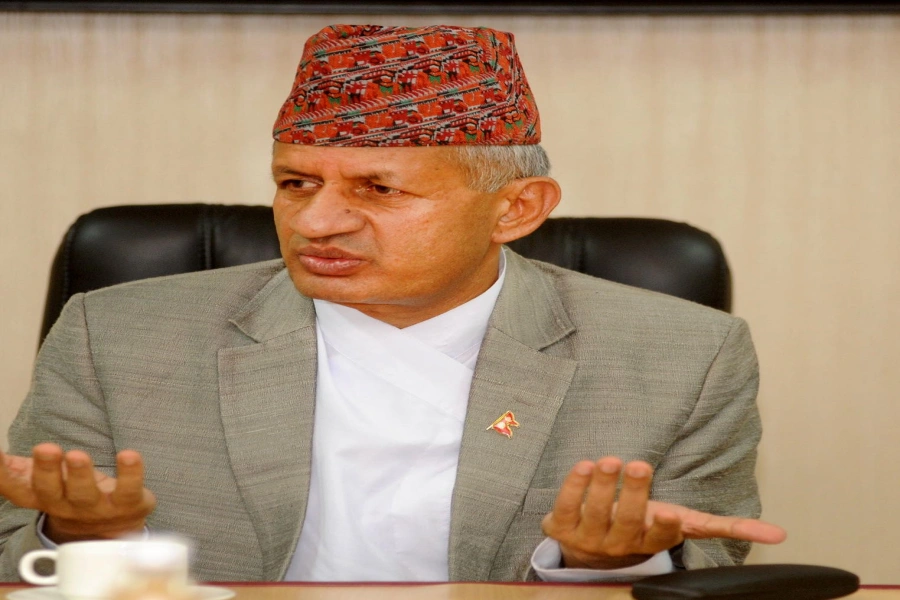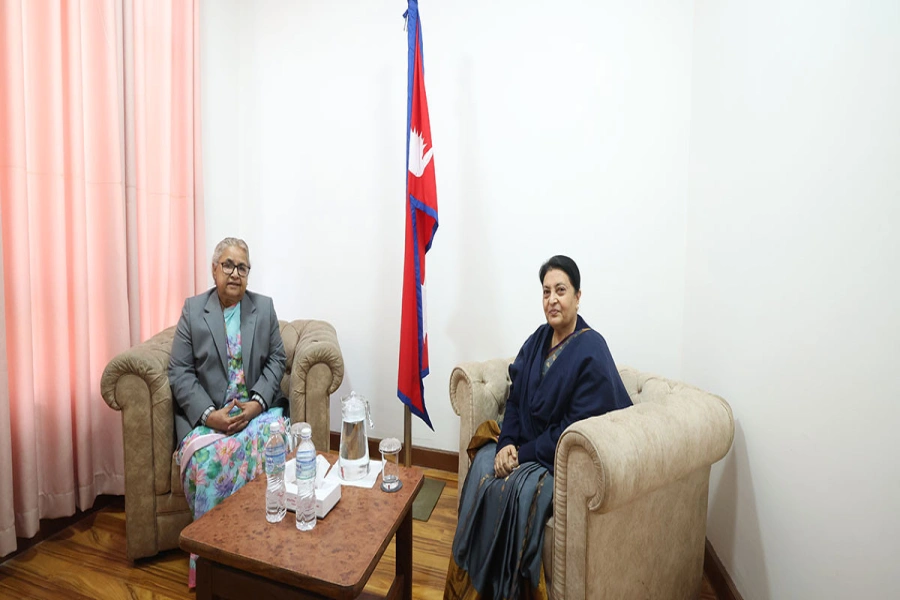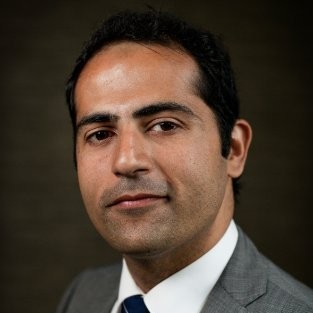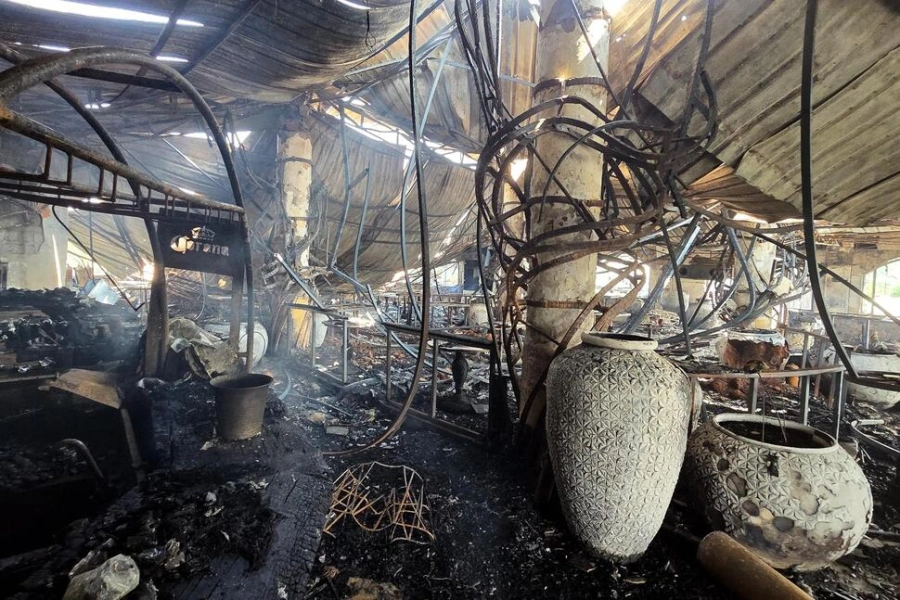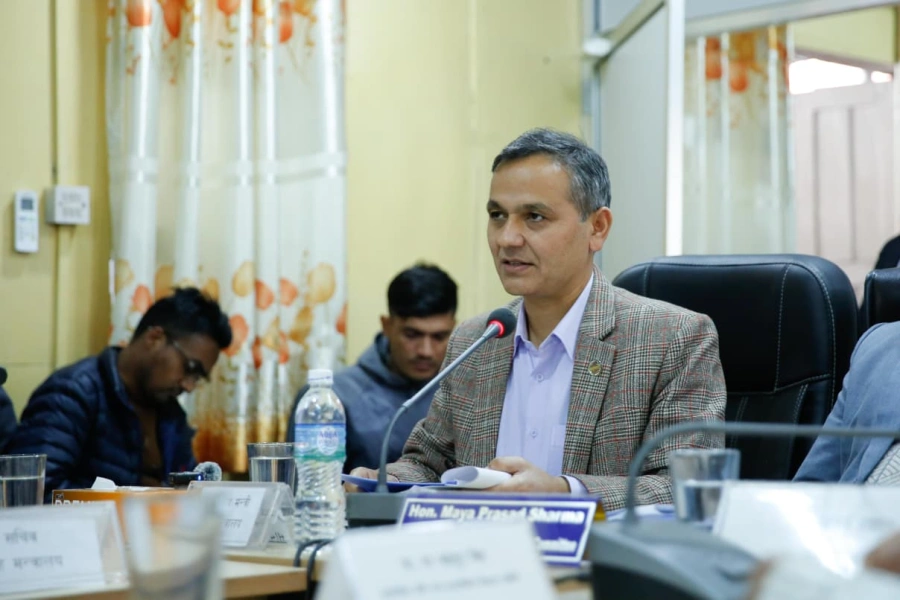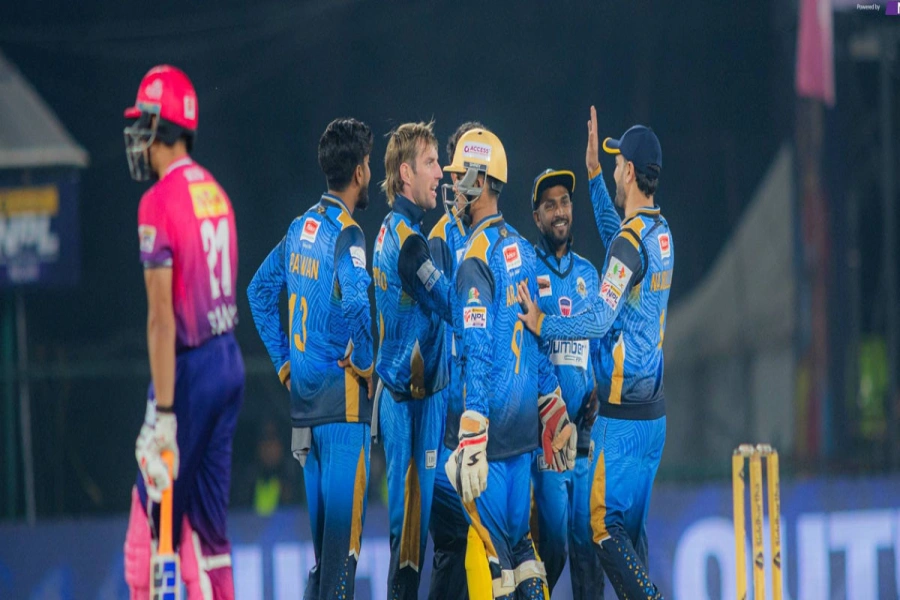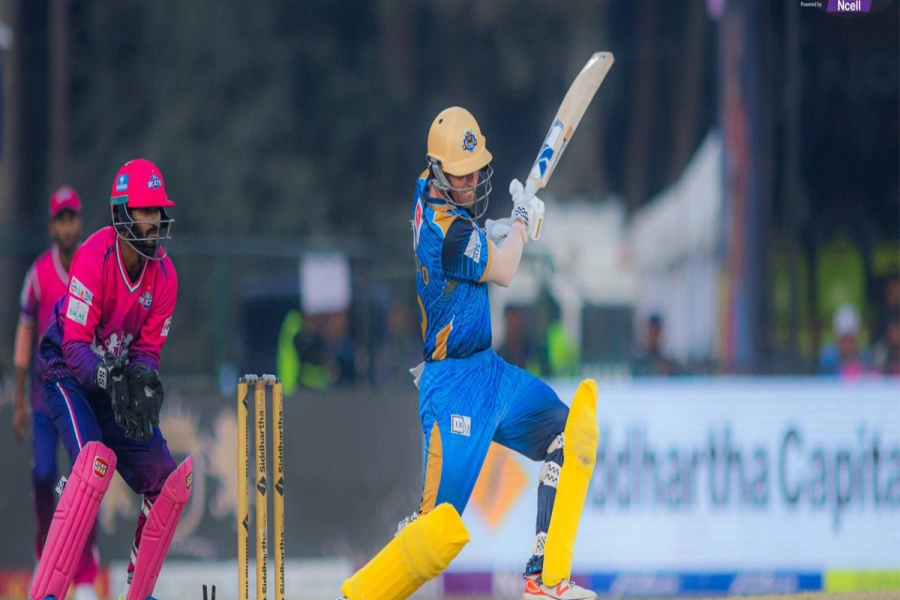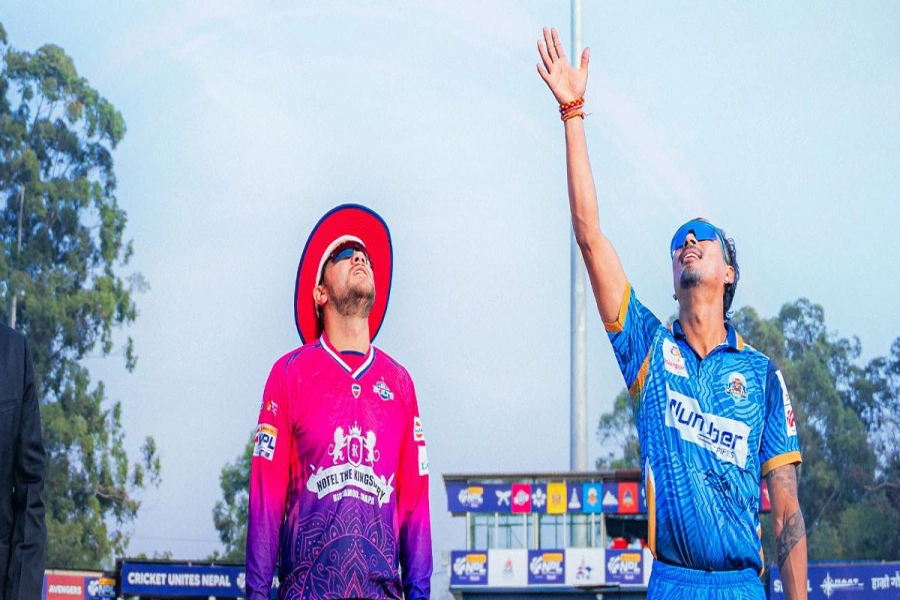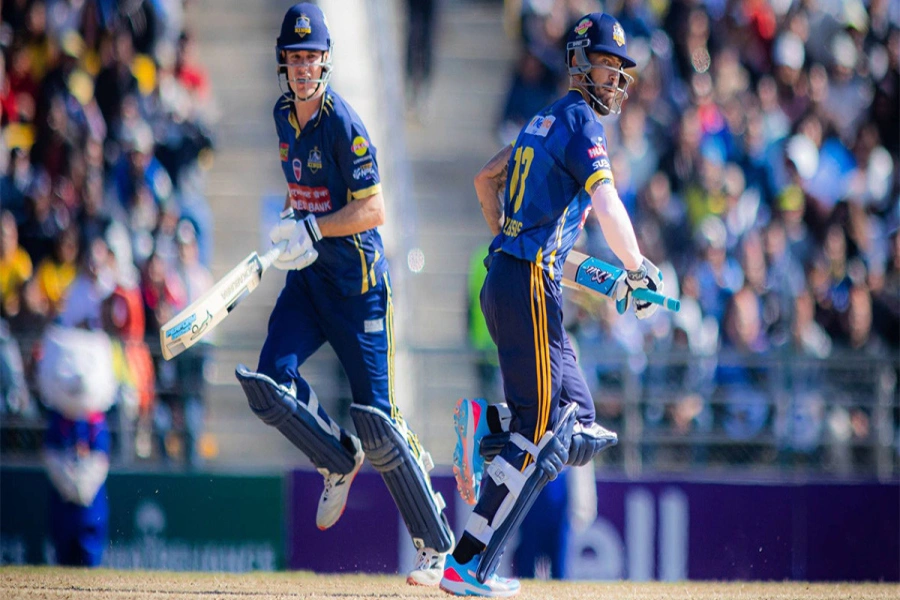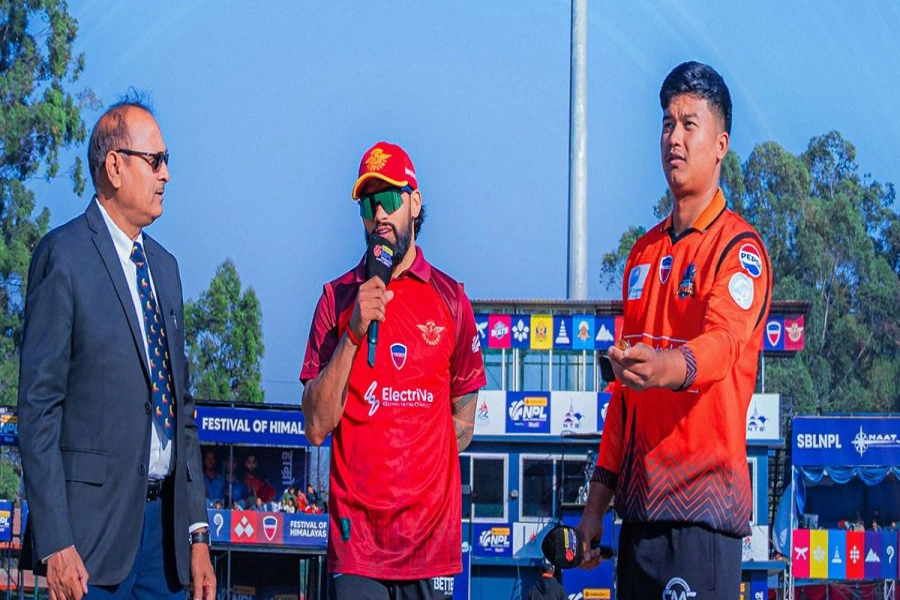Twenty-three years ago, in 2001, Freak Street—a realm where time seems to bend and stretch—welcomed a nameless couple into the weathered embrace of the Yellow House, a cherished and affordable guesthouse for hippie travelers. We lounged there, casually chatting with our friend who worked at the guesthouse, inquiring about any recent travelers who might have left behind fresh psychedelic trance beats. As the couple overheard our conversation, they revealed they had a copy of Alien Project's “Midnight Sun”, freshly released from the cosmic press. We quickly set the CD spinning on a boom box at the reception of the guesthouse, and as the beats of "Beat Static" and "Midnight Sun" washed over us, the air dissolved into a euphoric haze.Reality unraveled into a kaleidoscope of sound, space, and spirit. Midnight Sun was more than just an album; it served as an initiation, a portal into the realm of psychedelic trance, a vibration that resonated deep within the very core of everyone present.This encounter was just one of many captivating experiences at Freak Street.
Rediscovering Freak Street
As the couple’s eyes glistened with the glow of adventure, they talked about their quest to explore every corner of Freak Street—one of their bucket-list stops. Listening to them, I felt a wave of realization wash over me. How had I, someone who’d practically grown up on these streets, overlooked its magic? Their stories stirred something primal in me, and I knew I had to dive deeper into the heartbeat of this place. Since that day, Freak Street has become my sanctuary—a space where every cup of coffee feels like communion, every alleyway hums with hidden frequencies. Each visit reveals something new, an offering from the eccentric artists and free spirits who still call it home.
New Road, with thoughtful planning, could become a vibrant tourist destination, potentially attracting millions of visitors each year and revitalizing the economy. Across the globe, similar locales have harnessed their unique charm, generating hundreds of billions of dollars in revenue. The untapped potential of a thoughtfully designed and nurtured space—where the ethos of hippie cultural heritage seamlessly merges with the rich traditions of the Newari community—offers travelers a captivating haven infused with connection and wonder. This vision transcends mere economic upliftment; it represents a renaissance of identity and spirit, underpinned by a commitment to preserving cultural heritage and historic sites.
Take, for instance, San Francisco, which welcomes around 25 million tourists annually, contributing an impressive USD 8 billion in direct spending. Many of these visitors are drawn to Haight-Ashbury, the historic hippie neighborhood that has flourished for over 55 years. Once the cradle of the counterculture movement in the 1960s, Haight-Ashbury boasts a rich tapestry of bohemian history, with legendary figures like Janis Joplin and The Grateful Dead leaving their indelible marks. Today, the neighborhood melds its storied past with trendy cafés, eclectic thrift stores, and vibrant art galleries, beckoning tourists to explore its lively streets, historical landmarks, and diverse culinary offerings—all while soaking in the atmosphere that ignited the Summer of Love.
The Hippie Trail
In the heart of Kathmandu lies Jhochhen Tole, affectionately known as Freak Street, the historic cradle of the hippie trail. This eclectic enclave, with its vibrant atmosphere and unique offerings, invites travelers from around the globe to immerse themselves in the rich heritage of Newari architecture.The narrative of Freak Street began in the 1960s when Nepal was an undiscovered gem for intrepid wanderers. In stark contrast to today’s frenetic tourist hotspots, the area surrounding Kathmandu Durbar Square was once a tranquil neighborhood, a far cry from the bustling streets of modern Kathmandu. It was during this transformative period that adventurous souls—predominantly Western backpackers and hippies—drifted into the city, lured by whispers of its mystical allure and the teachings of Buddhism.
Yet, this cherished locale now grapples with significant infrastructural challenges that hinder its ability to accommodate millions of visitors and evolve into a prominent attraction. To unlock its full potential, sweeping improvements are essential—particularly initiatives aimed at expanding footpaths and creating a car-free, pollution-free environment that modern tourists have come to expect in other destinations worldwide. Establishing authentic, hippie-style cafés, accommodations, and essential services is crucial in catering to the anticipated influx of tourists. These developments are not merely practical necessities; they are vital to preserving the unique cultural heritage that makes Freak Street and the surrounding Basantapur area so compelling. Air pollution not only jeopardizes human health and the environment but also deteriorates the surfaces of historical buildings and monuments, undermining their structural integrity and diminishing their cultural significance.
Strategic Boldness
Unlocking Mind Through Poetry

At the forefront of this cultural shift was King Mahendra, whose pivotal influence transformed Nepal's landscape through the legalization of marijuana during his reign. This move was more than just a recognition of longstanding Nepali traditions; it was a strategic initiative to harness the burgeoning hippie tourism industry of the 1960s. As the hippie movement flourished, Nepal emerged as a coveted destination for those seeking spiritual enlightenment and adventure. By legalizing marijuana, the government aimed to entice a greater influx of visitors and stimulate economic growth, fostering a unique confluence of the ancient and the modern. With a rich spiritual heritage deeply rooted in Buddhism and Hinduism, Nepal was poised to enchant those yearning for meaningful connections in a world increasingly fixated on transient pleasures.
As news of marijuana legalization spread across the world, an influx of adventurous travelers flocked to Freak Street—perched just steps from the historical heart of Kathmandu—transforming it into a sanctuary for those in search of spiritual enlightenment and cultural immersion. The area’s vibrant energy, combined with affordable accommodations and a flourishing counterculture, positioned Freak Street as a beacon for free-spirited youth eager to escape the constraints of mainstream society. Thousands traveled from all corners of the globe, many ultimately choosing to settle in the birthplace of Buddha. Recently, former minister Birodh Khatiwada of the CPN- Unified Socialist and lawmaker Sher Bahadur Tamang of UML have emerged as vocal proponents of marijuana legalization, a stance that aligns with a broader vision for revitalizing Freak Street, even though communists are often known for regressive views.
Even though the UML is recognized for being somewhat out of touch with reality, the party’s recent decision to lift the TikTok ban signals a progressive shift in its approach. This move acknowledges the platform's significant role in fostering economic growth, particularly for small businesses, independent entrepreneurs, and creators in the digital economy. This development highlights a broader recognition by the UML of how digital platforms can serve as catalysts for both cultural expression and economic resilience.
In this spirit of progress, the UML should rally behind Kathmandu's Mayor, Balen Shah, in his efforts to revitalize Jhochhen Tole. Balen's vision to restore the area’s former bohemian glory has the potential to be a transformative project for the city, merging historical preservation with modern innovation. Other political parties should take note, recognizing that embracing progressive initiatives can stimulate both tourism and local businesses. The smaller and newer political parties seem lost, preoccupied with serving up Kollywood-style rhetoric in parliament, oblivious to the broader changes around them. Meanwhile, Freak Street's bohemian legacy endures, a countercultural hub where past meets present, and where the spirit of rebellion is etched into its very identity.
Freak Street’s Bohemian Legacy
Among the most iconic locales was the Eden Hashish Centre, a beloved café that epitomized the spirit of Freak Street. Nearby, the Snowman Café also attracted the bohemian crowd. Amid this multinational characters, renowned figures like the Beatles and Cat Stevens graced the street. Cat Stevens, known for his hit "Wild World," found inspiration in the atmosphere of Freak Street, even penning the tribute song "Katmandu" (sans 'h'). His lyrics solidified Kathmandu’s reputation as a vibrant hippie hub where the quest for adventure and spiritual enlightenment converged.
Each year, the Eden Hashish Centre produced a distinctive calendar, a cherished keepsake for many hippies who traversed this transformative paradise. However, a shift occurred when marijuana and hashish were banned in the late 1970s, leading to a decline in Freak Street’s hippie haven. Yet, the legacy of these early travelers remains significant. Even after the marijuana ban, Freak Street evolved into a focal point for Nepal’s burgeoning counterculture movement, resonating far beyond its narrow lanes. It became a melting pot of diverse ideas, art, music, and spirituality. Though cannabis has been illegal in Nepal since 1976, Freak Street’s creative energy continues to attract thinkers, artists, and visionaries, fostering an atmosphere of openness and acceptance.
Psychedelic Trance: Freak Street’s New Beat
By the early 2000s, Freak Street had transformed into a vibrant epicenter for the psychedelic trance movement in Nepal, attracting DJs and music enthusiasts from around the globe. This evolution of the street reflected a blend of its historical countercultural roots and a newfound passion for electronic music, creating a unique atmosphere that celebrated both creativity and communal spirit.
The psychedelic trance scene in Nepal found its genesis in the legendary Freak Street, a hub of countercultural activity during the 1960s. DJ Suman Shakya, DJ Nishan Manandhar, and DJ Mahesh were pivotal figures in shaping the country's psychedelic-trance (psytrance) landscape. DJ Nishan's Monumental Paradise Guesthouse emerged as a crucial venue, drawing both local and international psytrance DJs. More than just a guesthouse, it was a creative exchange buzzing with pulsating beats, becoming a vibrant centerpiece for the global and local psytrance community.
Meanwhile, Thamel’s Funky Buddha embraced this musical genre, inviting DJs from around the world to showcase their talents every Friday night, further enriching Kathmandu's psytrance scene. However, despite Funky Buddha’s lively energy, Thamel lacks the historical allure and artistic spirit that still define Freak Street, where the legacy of counterculture continues to echo in its colorful atmosphere.
As Freak Street’s allure attracted more psytrance festival-goers, Nepal evolved into a vibrant nexus for hippies and psychedelic trance enthusiasts worldwide. The pinnacle of this convergence was the 'Universal Religion – A Psytrance Music Festival,' a four-day event that transformed the landscape. With artists hailing from all corners of the globe, the festival showcased a kaleidoscope of psytrance sub-genres, offering a deep dive into the pulsating heart of the global psytrance scene. Celebrated as a festival of music, love, and peace, it provided a transformative experience for attendees, seamlessly blending global beats with the spiritual essence of Nepal. Global psytrance icons like GMS, Zen Mechanics, Tristan, Ajja, Kindzadza, Symbolic, Outsiders, Merkaba, Synthetik Chaos, and Android Spirit graced the decks, turning Nepal into a sanctuary for enthusiasts craving the vibrant rhythms and transcendent vibes of the psytrance universe. No country can rival the majestic Himalayas, serving as the perfect backdrop for such an extraordinary spiritual gathering.
Lessons from the Tropics
Unfortunately, the vibrant spirit of Nepal’s psychedelic trance festivals began to diminish with the rise of the communist government and the enactment of a new constitution. Security agencies and local authorities tightened their grip, stifling the once-free-spirited gatherings that thrived in the hills, casting a shadow over the vibrant creative expression that had flourished. However, if Nepal were to legalize marijuana, it could pave the way for a revival of these festivals throughout the country. By embracing the psychedelic culture that once thrived in its hills, Nepal could attract both local and international festival-goers. The governments of Thailand, Bali, and Sri Lanka may have valuable insights to share with the government of Nepal regarding tourism development and strategy.
In the past, waves of hippie tourists and psychedelic DJs would flock to Goa during the winter months, only to migrate to Nepal as spring arrived, seeking refuge from Goa’s heat while reveling in Nepal’s serene beauty and refreshing mountainous climate. However, with Nepal no longer hosting major psytrance festivals, alternative destinations like Thailand, Sri Lanka, and various countries in Western and Eastern Europe have capitalized on this shift, attracting the community that once celebrated its unique culture in the heart of the Himalayas. Despite the empty rhetoric often heard from politicians, a true leader understands that Nepal’s unique charm lies in its tourism potential.
A Struggle to Maintain Its Legacy
Today, Freak Street retains much of its charm, although it struggles to attract bohemian travelers as it once did. The street continues to entice visitors eager to glimpse Kathmandu's vibrant past, lined with shops showcasing traditional handicrafts, clothing, and souvenirs, along with cafés that serve both local and international cuisine.
The buildings and establishments surrounding Freak Street are imbued with a rich history, their colorful murals and vintage signs narrating tales of a bygone era. Echoes of the counterculture spirit linger, evident in the small music venues that host live performances and the eclectic shops offering tie-dye clothing, traditional handicrafts, and excellent coffee. This vibrant atmosphere fosters a sense of community, attracting both locals and travelers who seek to immerse themselves in the creative energy that defines the area. Each corner of Freak Street reflects its storied past while also embracing the present, making it a unique destination that continues to celebrate artistic expression and cultural diversity. Furthermore, Basantapur is a treasure trove of historical legacy, featuring an array of temples that offer a captivating glimpse into Nepal's rich cultural and architectural heritage.
To realize Freak Street’s potential as a major tourist destination, the government must look to successful global models that promote pedestrian-friendly zones and vibrant public spaces. Initiatives in cities worldwide, such as Amsterdam and Barcelona, have revitalized neighborhoods through strategic urban planning and community engagement, creating lively areas that attract locals and tourists alike. Similarly, Kathmandu can adopt these strategies to enhance Freak Street’s allure while preserving its historical significance.
Mayor Balen Shah embodies the vision and determination essential for transforming this historic enclave into a vibrant cultural hub reminiscent of eclectic neighborhoods worldwide. His focus on tourist-friendly infrastructure improvements, combined with an unwavering commitment to preserving cultural heritage, positions him as a leader ready to spearhead the revitalization of Freak Street.
Going back to 2001, just one week after meeting the nameless hippie couple, we returned to Freak Street to collect a copy of Alien Project’s Midnight Sun that they had left for the Nepali psytrance community. To everyone’s surprise, the man and the woman turned out to be investment bankers from Goldman Sachs and JPMorgan Chase, respectively, leading an intriguing life that blurred the lines between corporate finance and bohemian exploration. It seems that visitors to Freak Street are no longer the drifters of the 1960s; they arrive with deep pockets, effortlessly merging the liberating, mind-expanding energy of psytrance with the high-stakes hustle of corporate life, all while paying homage to the sacred grounds of the Hippie Trail.
By embracing its bohemian heritage and fostering sustainable tourism, Freak Street can reclaim its esteemed place on the global cultural map.
(In 2003, the author penned a monthly column on psychedelic trance music for WAVE magazine -Nepal’s first youth-focused publication.)







